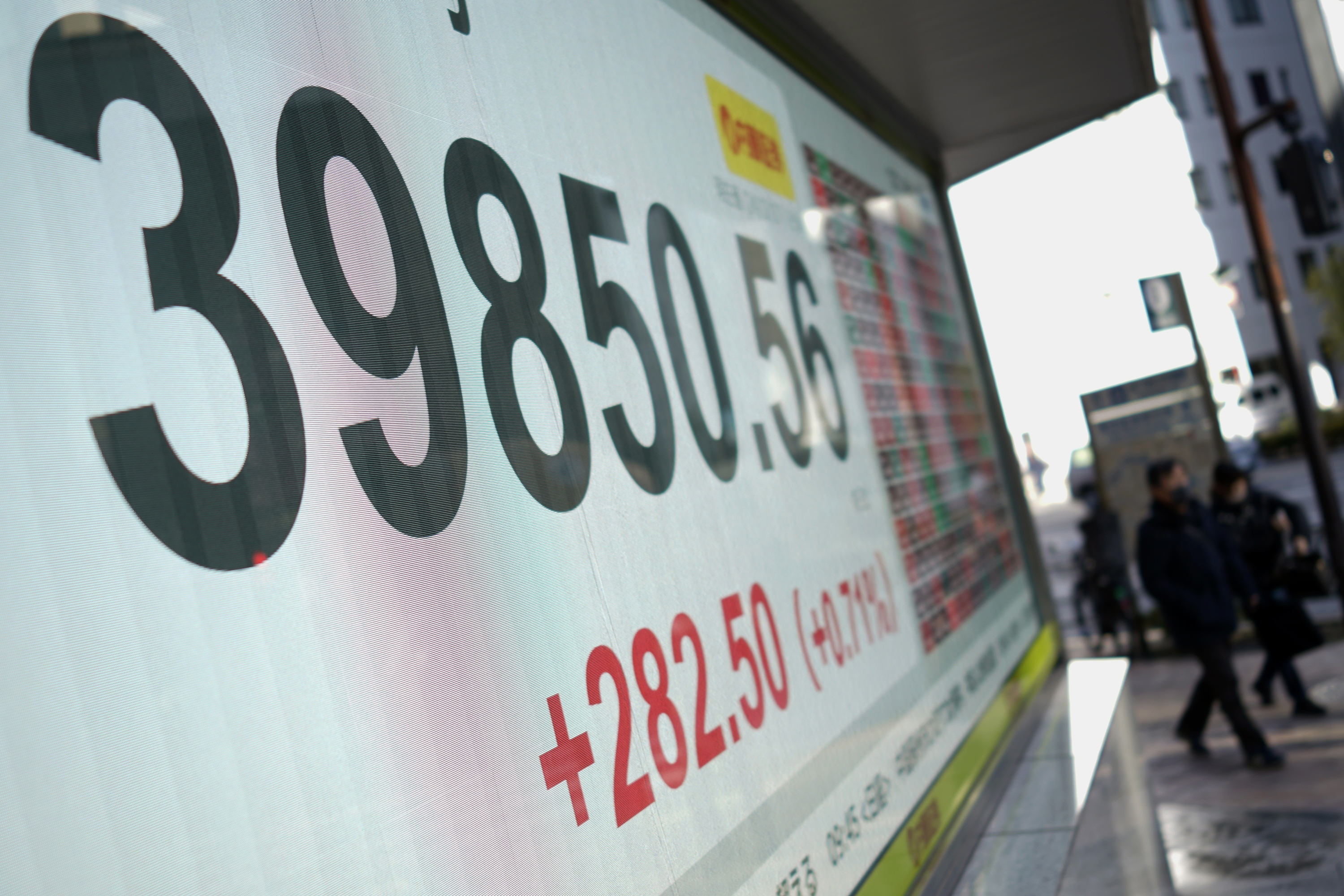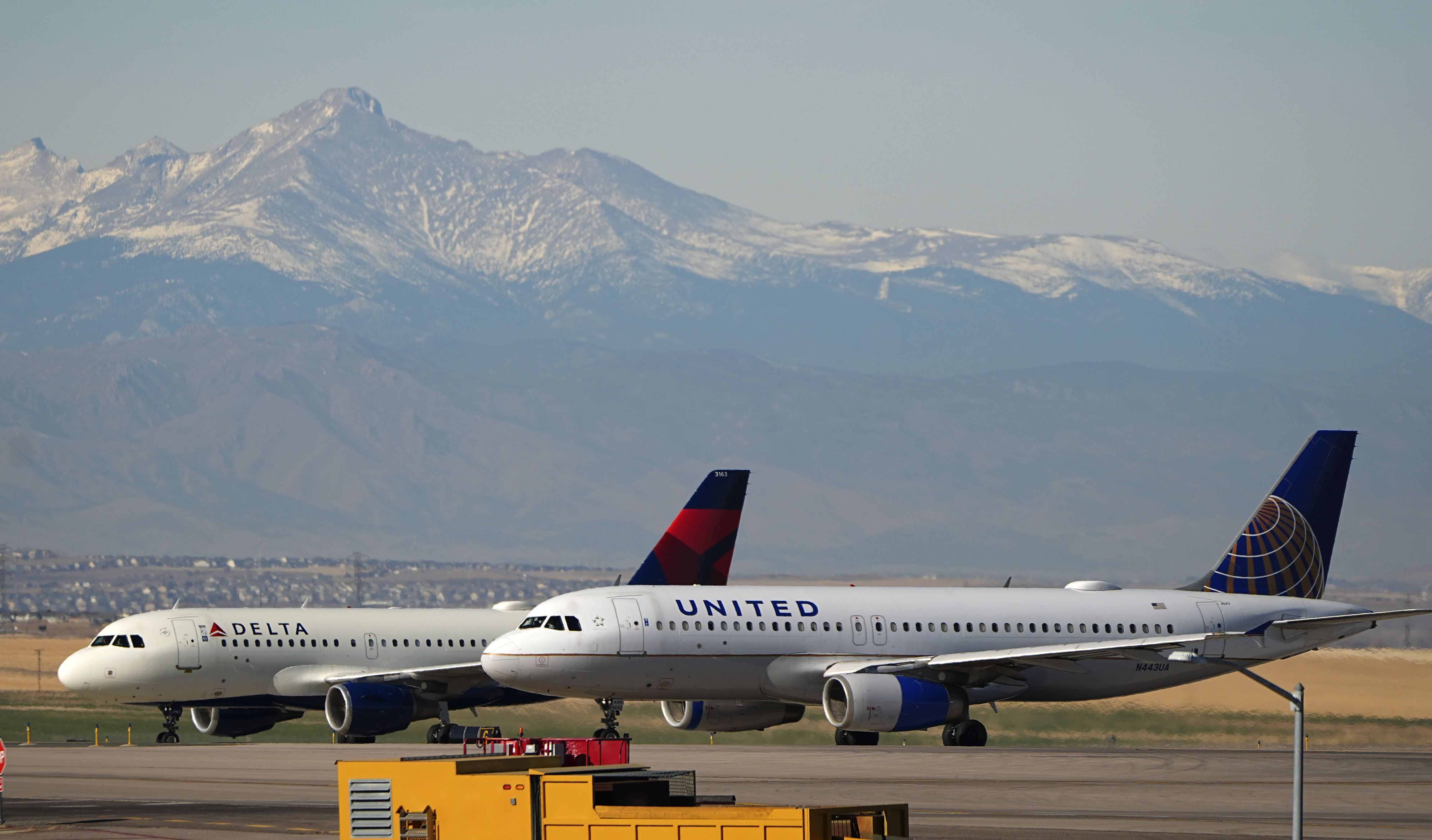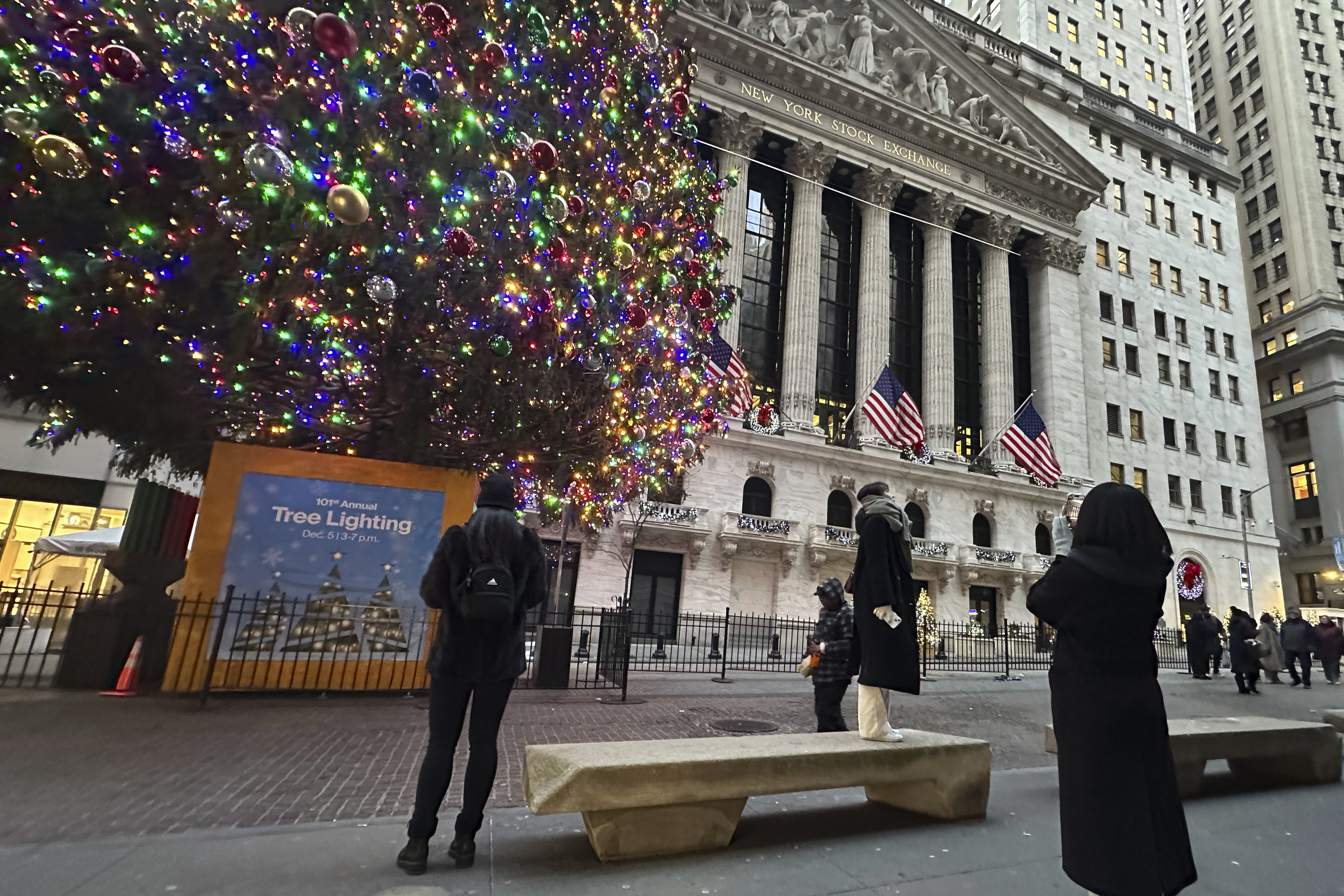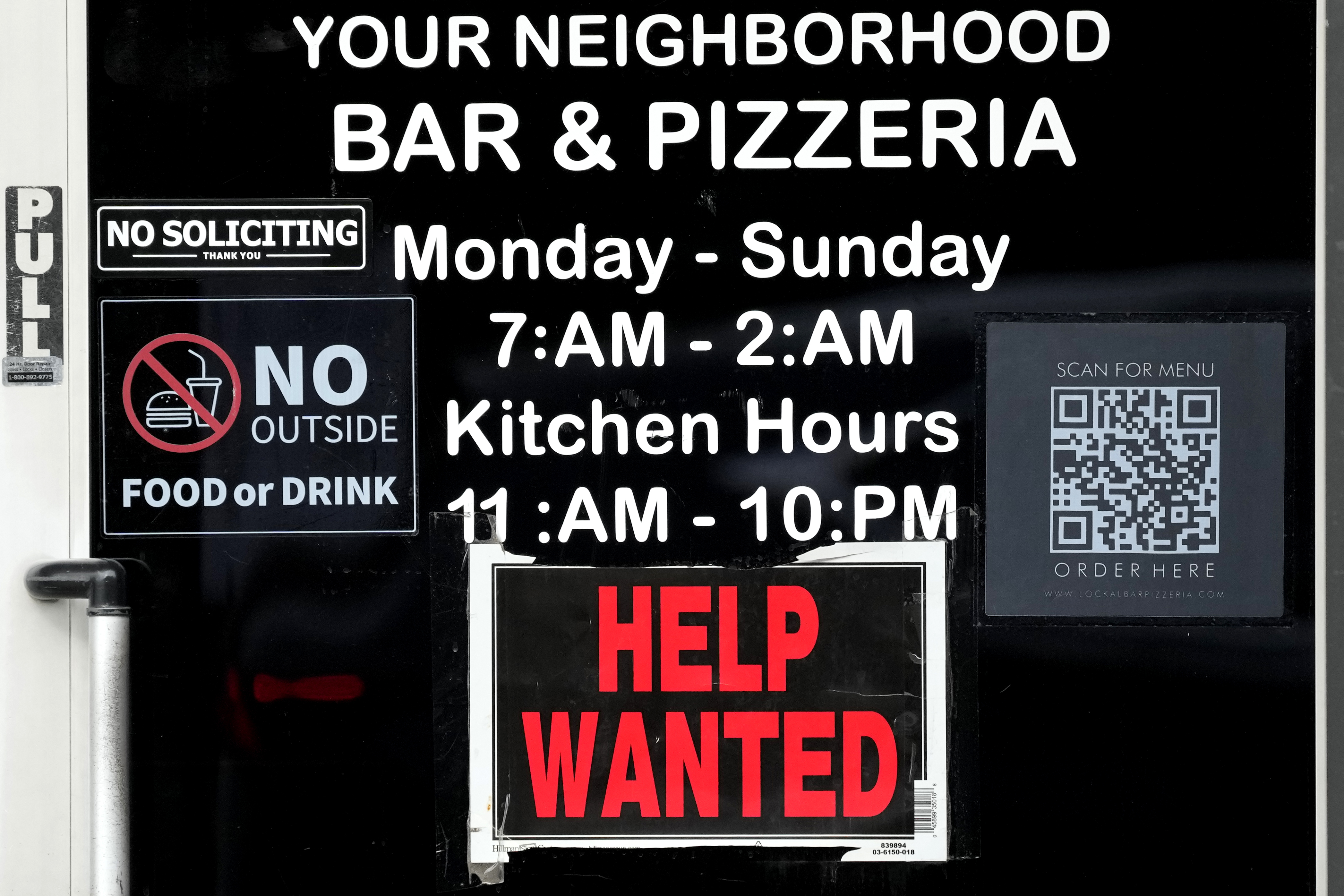WASHINGTON (AP) — House Republicans are launching a vast reinvestigation of the Jan. 6, 2021, attack on the U.S. Capitol, seeking to push the blame away from Donald Trump, who has been indicted over his actions or his supporters in the mob siege trying to overturn the 2020 election.
As Trump campaigns to return to the White House, the House Administration subcommittee on oversight held the first of what is expected to be regular public hearings revisiting the official account, which had aired in great detail in 2022 by the House’s Select Committee on Jan. 6.
Chairman Barry Loudermilk, R-Ga., called Jan. 6 a “dark day” in U.S. history as he opened Tuesday’s hearing to delve into the investigation of pipe bombs that were left outside Republican and Democratic party headquarters that day. But, he said, “we still have many unanswered questions.”
The panel’s work comes as Trump and President Joe Biden are galloping toward a 2020 rematch this fall, and Republicans, some once skeptical of Trump’s return to the White House, have quickly been falling in line to support the former president. The House GOP’s high-profile impeachment inquiry into Biden has stalled without a clear path forward.
Speaker Mike Johnson said House Republicans intend to release a final report on Jan. 6 “to correct the incomplete narrative” advanced by the previous work of the Select Committee on the Jan. 6 attack.
With newly released testimony and an 80-plus page report of initial findings, the House Administration subcommittee has outlined a roadmap ahead for its probe — including revisiting key testimony from White House aide Cassidy Hutchinson, who delivered a bombshell account of Trump’s actions that day.
The panel’s report draws on many of the conspiracy theories circulating about Jan. 6 — from the formation of the Select Committee by then-Speaker Nancy Pelosi, D-Calif., to newer questions about the unidentified people who erected the hangman’s scaffolding outside the Capitol.
“Democrats wasted no time before pointing fingers at President Trump for the events of January 6, 2021,” the initial findings of the report said.
At the first hearing, Republicans grilled the U.S. Capitol Police about why a bomb-sniffing K9 unit did not initially detect the pipe bombs found outside party headquarters and why police didn’t respond faster to seal off the area.
U.S. Capitol Police Assistant Chief Sean Gallagher told the panel it was “chaotic” that day as the mob of Trump supporters descended on the Capitol.
“I want to be upfront and honest, U.S. Capitol Police haven’t shied away from the failures of that day,” Gallagher said about the well-documented leadership problems spelled out in their own report.
He described the fighting on the West and East fronts of the Capitol as police tried to hold back the mob — “our officers were suffering injuries” — and calls coming in, including a pick-up truck loaded with Molotov cocktails, machetes, rifles, handguns and ammunition parked nearby.
Five people died in the riot and its immediate aftermath, including a police officer, and other officers died later by suicide. More than 1,200 people have been charged in the riot, with hundreds convicted.
“For context, I would gladly give up a perimeter not being perfect to be able to get officers responding to help their brothers and sisters who were calling for help at the U.S. Capitol,” Gallagher testified.
Rep. Norma Torres of California, the panel’s ranking Democrat and a former 911 dispatcher, questioned the premise of the hearing, particularly as federal investigations are underway: “What exactly is it that we’re doing here?”
“Maybe it is to peddle crazy right-wing conspiracy theories about the Jan. 6 pipe bombs spreading in the dark corners of the Internet?” she asked.
“Or maybe we are here so this subcommittee can once again try to muddle our history, villainize law enforcement and undo the efforts of the bipartisan Jan. 6 Select Committee,” she said, “all to distract from the simple fact that the former president and Republican nominee for president orchestrated a corrupt scheme to overturn the results of a free and fair election.”
Trump, who exhorted his supporters to “fight like hell” before they swarmed the Capitol, has been indicted on federal charges of conspiracy to defraud Americans and obstruction of an official proceeding over Jan. 6. The Supreme Court is considering his claim of immunity.
House Republicans criticize the Select Committee and they claim it didn’t turn over all aspects of its work.
On Tuesday, a previously undisclosed transcript of the Select Committee’s interview with an unnamed Secret Service officer who drove the presidential SUV on Jan. 6 provided new information about Trump’s actions that day. It was obtained by The Associated Press.
That transcript of the presidential limo driver contradicted some of Hutchinson’s testimony but corroborated other aspects of her account, including Trump’s attempt to join the mob scene at the Capitol.
Trump had told his supporters during the Jan. 6 “Stop the Steal” rally at the Ellipse near the White House to walk down Pennsylvania Avenue to the Capitol, and said he would be right there with them, as Congress was certifying the 2020 election and Biden’s victory.
But his security detail refused to take him there and instead took him back to the White House.
Hutchinson, who at the time was an aide to Mark Meadows, then the White House chief of staff, had testified in June 2022 that she was told by another official that Trump fought for control of the presidential SUV and demanded to be taken to the Capitol as the insurrection began.
Hutchinson testified that she was told that Bobby Engel, the head of security in the car with him, had grabbed Trump’s arm to prevent him from gaining control of the armored vehicle, and Trump then used his free hand to lunge at Engel. She worked inside the White House, and said that when she was told of the altercation immediately afterward, Engel was in the room and didn’t dispute the account at the time.
In the newly obtained transcript, the driver confirms: “The President was insistent on going to the Capitol.”
The driver explained that Trump and Engel got in the car after the rally, and Trump started asking Engel about going to the Capitol. When Engel suggested they couldn’t do that, Trump kept pushing.
“Certainly his voice was raised,” the driver testified, “but it did not seem to me like he was irate, certainly not — certainly didn’t seem as irritated or as agitated as he had on the way to the Ellipse.”
The driver said, “The thing that sticks out most was he kept asking why we couldn’t go?”
But the driver said he did not see the altercation that Hutchinson described.
“He never grabbed the steering wheel. I didn’t see him, you know, lunge to try to get into the front seat at all,” the driver testified.
“You know, what stood out was the irritation in his voice more than — more than his physical presence, which would have been pretty obvious if he was trying to insert himself between the two front seats,” the driver said.
The driver said he told other colleagues at the White House what had happened as he waited outside with the vehicles.



























